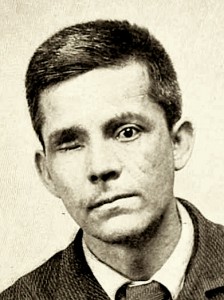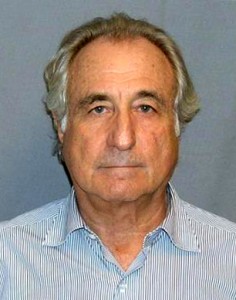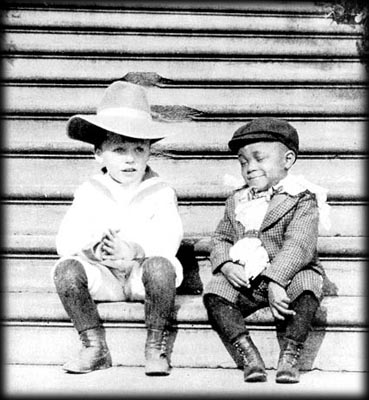
"The second shot struck Russell in the groin and the third in the back."
Seemingly everyone in America in the late nineteenth century would behand you with a butcher’s knife for a sawbuck, so you had to be particularly heinous to be identified as a “rough character,” as the following quartet of Brooklyn Daily Eagle articles prove.
••••••••••
“Chopped His Wife’s Head Off” (June 16, 1889): “Philadelphia, Pa.–A most brutal murder was committed in this city this afternoon. George McCann, aged about 30 years, a rough character, killed his wife, Maggie, five years younger, by chopping her head off in a horrible manner with a hatchet. Jealousy was the cause.”
••••••••••
“Not Satisfied With The Play” (January 13, 1887): “Chicago, Ill.–A dramatic company from Kansas City gave an entertainment in the City Hall last night. At the close of the performance a number of rough characters demanded the return of their money, and, not getting it, the manager and the members of the company were shamefully beaten. Adam Gorman pursued one of the men half a square, and a few minutes later was found with his left arm split open and a fearful gash near the breast. The mob then pursued the company to the Marion House, where the officers defended them from the mob. Gorman’s injuries are probably fatal.”
••••••••••

"George McCann...killed his wife, Maggie, five years younger, by chopping her head off in a horrible manner with a hatchet."
“Bloody Deeds” (September 29, 1884): “Middletown, Ohio–Henry Slopy was murdered here yesterday afternoon at half past four o’clock by Sandy Jackson, a rough character. Jackson was drunk and attempted to stir up a row. Slopy ran away and was struck with a stone, which broke his neck. Jackson was arrested immediately together with a confederate, a young man named John Flaherty. The murder caused much excitement among the citizens and threats of lynching being made, special policemen were called in to guard the jail.”
••••••••••
“Attacked By Roughs” (February 7, 1895): “Stocktown, Mass.–Shortly after the arrival of the 11 o’clock train last night Officer Curtis was quietly walking with a man down the street behind a crowd of rough local characters. One of the company, Christopher Russell, turned and asked the officer why he was following them. The officer replied, ‘I have the right to.’
There was some little talk and Russell sprang at the officer, biting him severely in the cheek. Officer Curtis finally used his revolver, first shooting into the air. The second shot struck Russell in the groin and the third in the back. Although badly used up, Curtis took Russell and one other man in the party, F. Dillon, to the lock up. Russell was taken to the Massachusetts General Hospital on the 5:40 train this morning. His condition is critical. Officer Curtis lies ill at his home.”















